In the vast expanse of the cosmos, scientists have long been captivated by the mysteries of the universe and its mirrored version. The notion that there exists an alternate reality reflecting the universe we inhabit is not just the stuff of science fiction. It’s a scientific hypothesis that has challenged our understanding of physics and the nature of our reality. This article explores the significant disparities between our universe and its mirrored counterpart, and why they may never coincide seamlessly.
The concept of a mirrored universe stems from the laws of physics, particularly, the concept of symmetry. Symmetry is central to physics and is used to describe properties that remain invariant even when subjected to various transformations, like rotation or reflection. A mirrored universe theorizes a reality where these symmetries are perfectly maintained, creating an exact inverse version of our universe.
However, quantum mechanics introduces complexities that challenge this theory. Within the quantum realm, certain asymmetries arise naturally. For example, a phenomenon known as ‘CP violation’—whereby certain subatomic particle interactions violate charge and parity symmetries—suggests that even if a mirrored universe exists, it would differ fundamentally from ours. This breach in expected symmetries implies that a perfect mirror remains elusive.
Moreover, Einstein’s theory of relativity further complicates the idea of universal mirroring. According to relativity, the fabric of spacetime is dynamic and affected by mass and energy, introducing distortions that would inevitably influence a mirrored reality.
A mirrored universe, if it mirrors ours, would not involve a mirror image reversal. However, asymmetries noticeable at microscopic scales might accumulate into something significant on a cosmic scale. These minute differences could be enough to lead to divergent cosmic laws and phenomena, making alignment of both realities impossible from a practical standpoint.
Recent studies have also suggested that fundamental forces like gravity and electromagnetism might behave differently in a mirrored universe. If gravity were weaker or stronger, the structure of cosmic formations such as galaxies and solar systems would differ completely, resulting in a universe that is not merely a reflection but a wholly different realm of existence.
It’s critical to delve into the reasons such disparities between universes can exist and persist. One explanation can be traced back to initial conditions post-Big Bang. It’s hypothesized that subtle variations in temperature, density, or other properties at this genesis point could have magnified over billions of years to create starkly different universes. Such variations suggest that ‘mirrored’ does not imply identical, as instability at fundamental levels could trigger a cascade of differing evolutionary paths.
Furthermore, cosmologists have entertained the idea of diverging universes not just in terms of physical laws, but also philosophical and existential dimensions. The multiverse theory adds yet another layer of complexity, positing that our universe is one of countless others, each with distinct laws and histories.
As researchers continue to explore these enigmas, advancements in particle physics, cosmology, and theoretical frameworks like string theory might offer further insights. The Large Hadron Collider (LHC) and similar instruments push the boundaries of the known universe, allowing us to observe particles at scales previously inaccessible.
In conclusion, discovering why the universe and its mirrored reflection differ challenges us to reconsider what we accept as reality. These studies propel us deeper into unknown territories, urging us to question the nature of existence and our place within it. While the dream of finding a perfectly mirrored universe persists in both scientific and popular imagination, our current understanding suggests that reality may be more diverse and complex than a simple reflection. The journey to embrace these complexities reflects humanity’s enduring quest for understanding the cosmos in its entirety—from the grand scales of galaxies to the foundational principles of quantum physics.
So, while our universe and its mirrored version may never sync completely, it’s these variations that ignite the curiosity and drive the pursuit for knowledge—one mirrored particle interaction at a time.
Insight Report
How the Universe and Its Mirrored Version Are Different


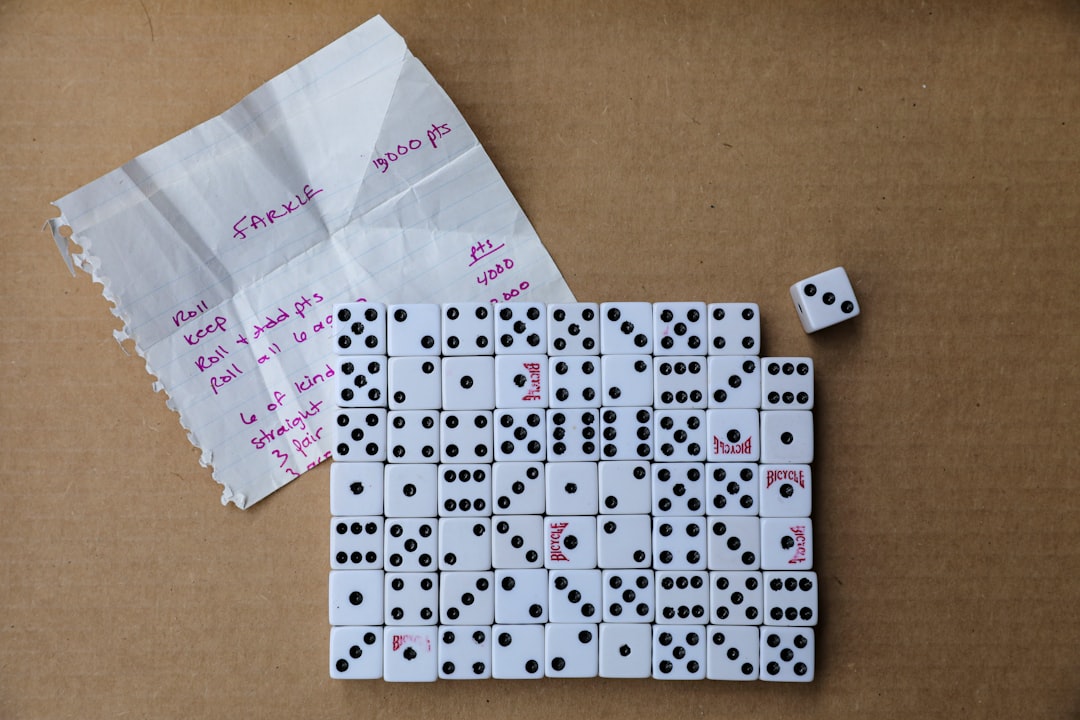

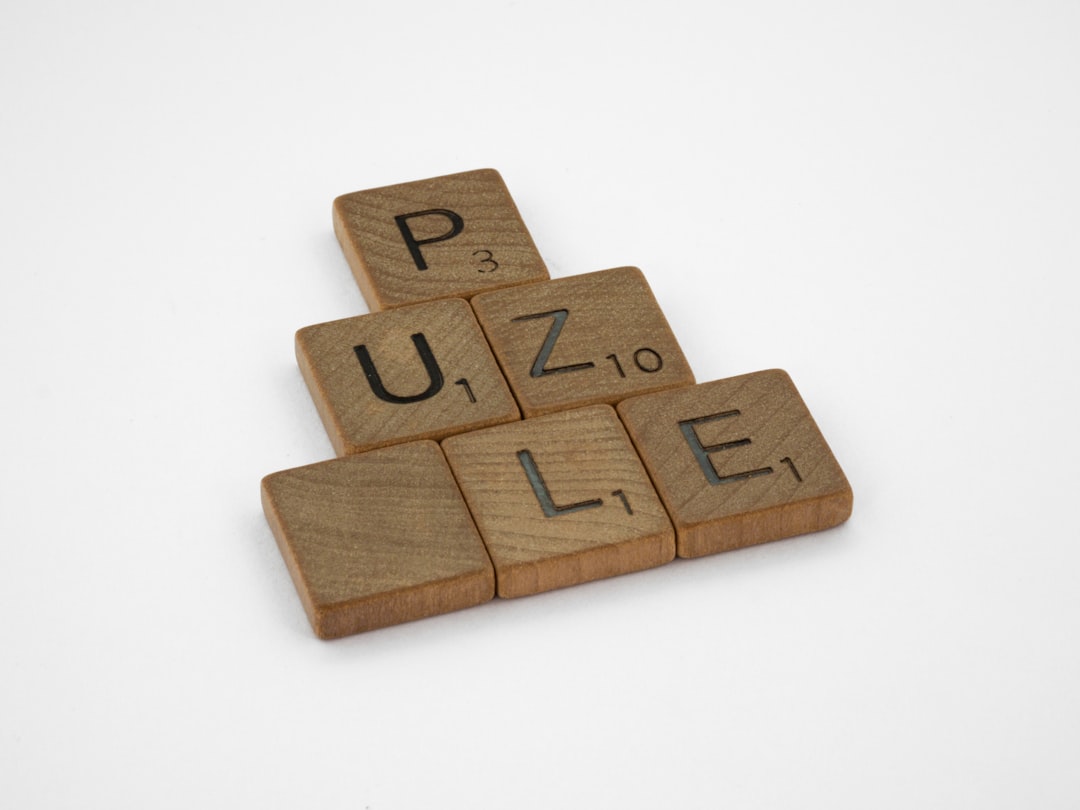
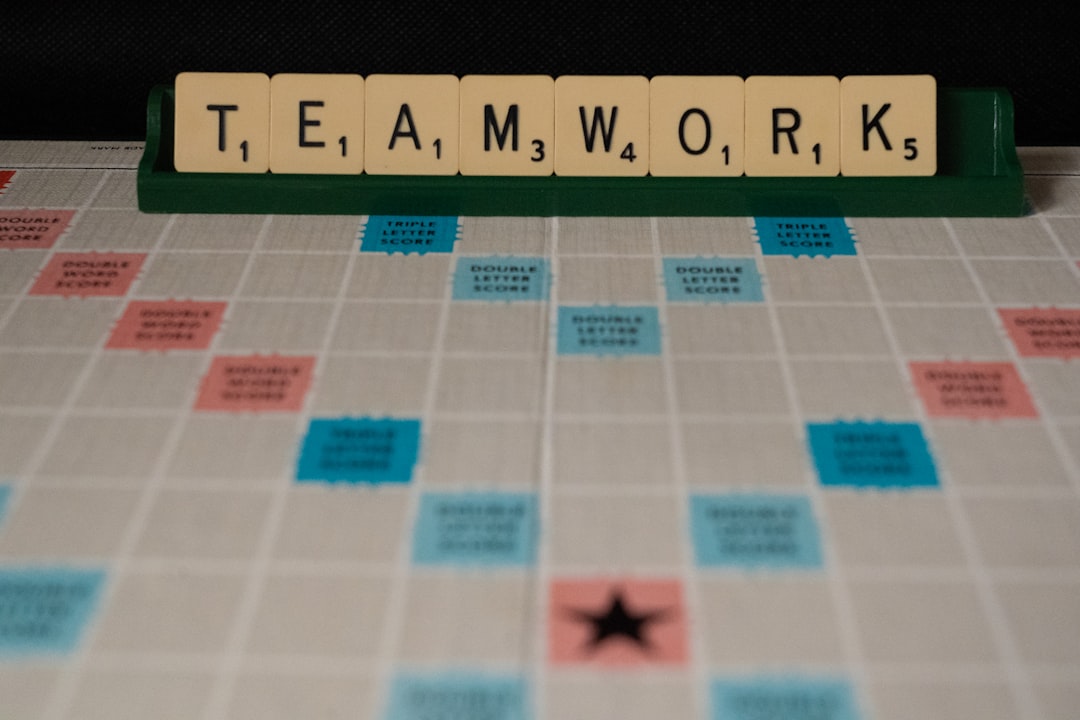
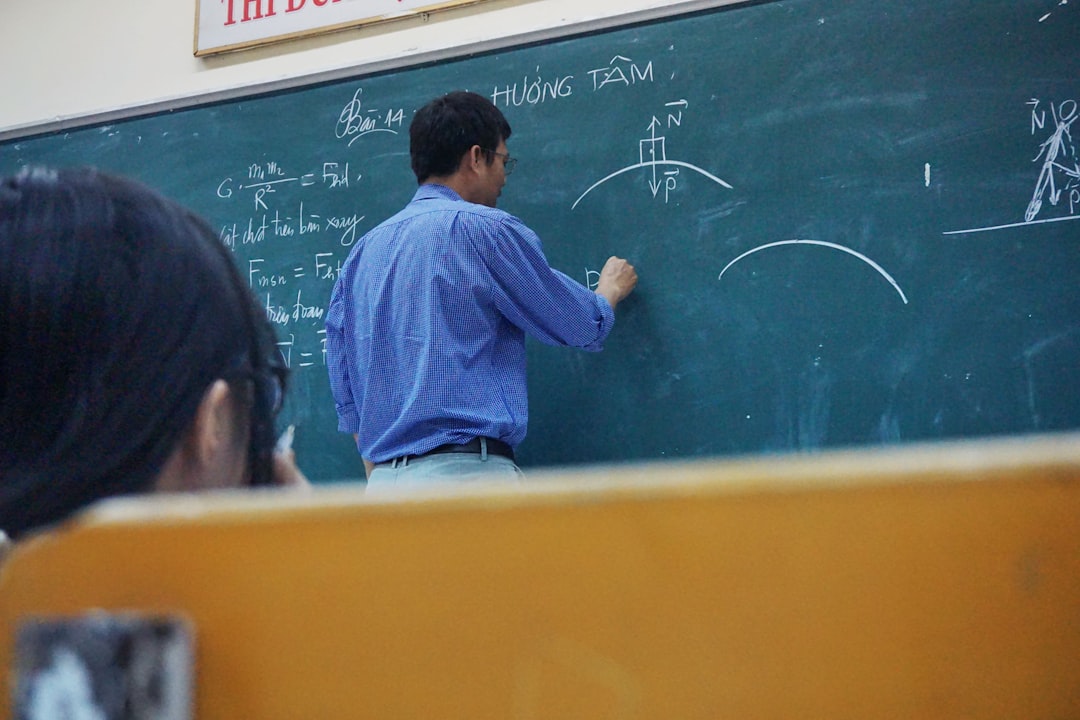
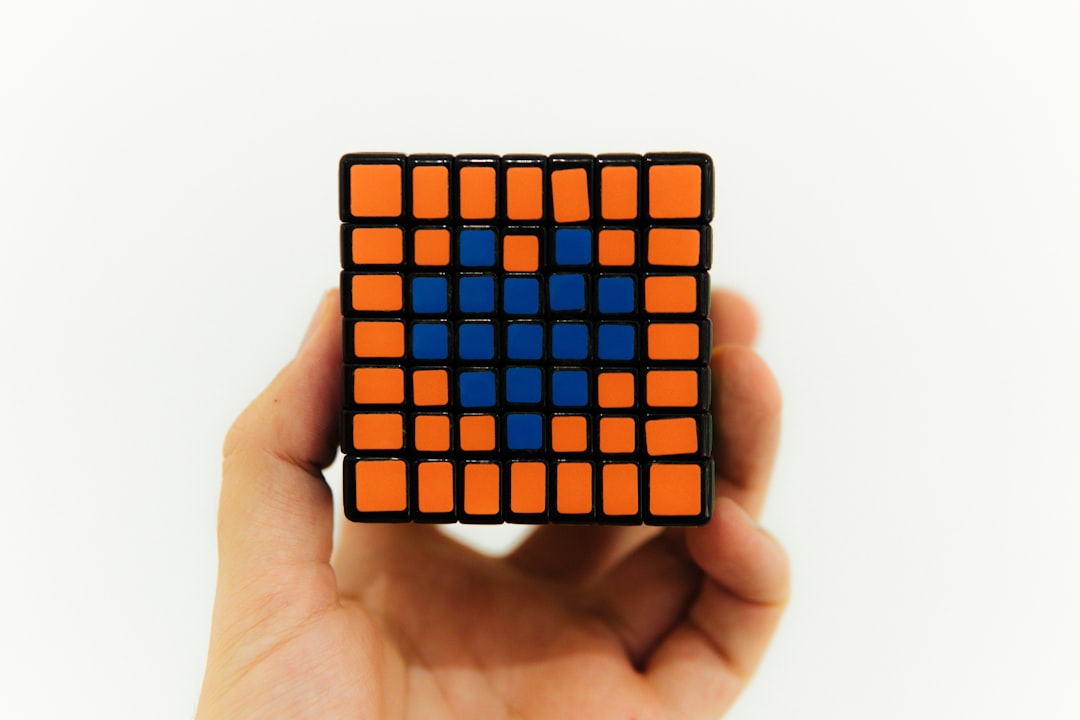




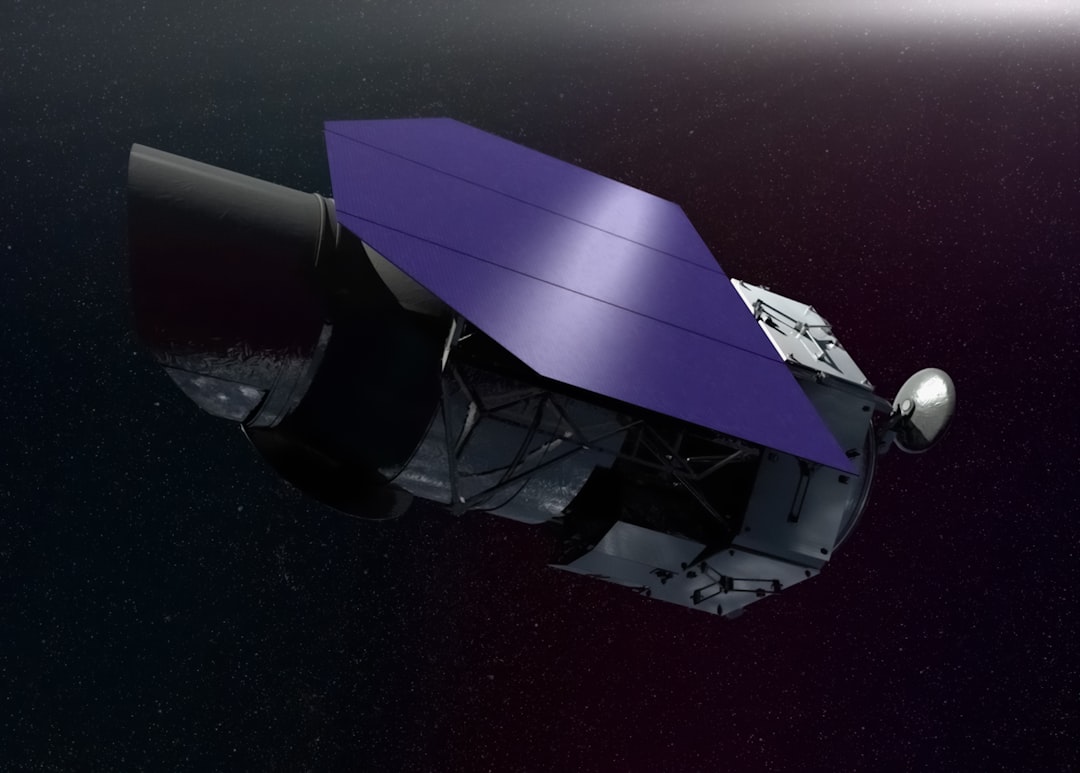
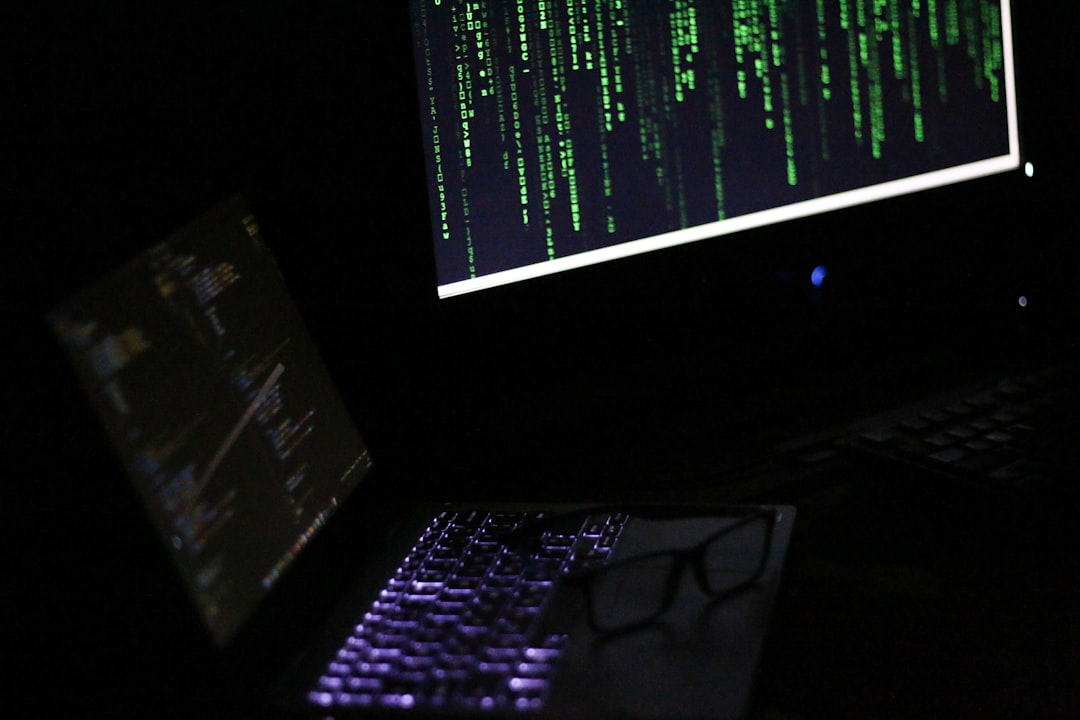
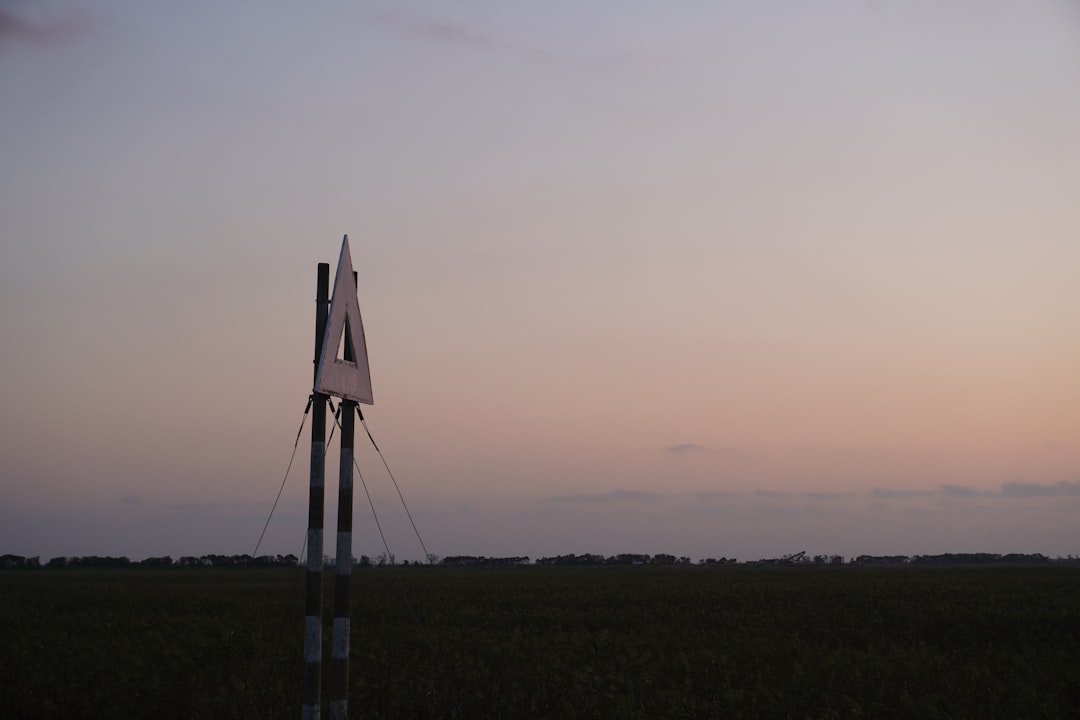
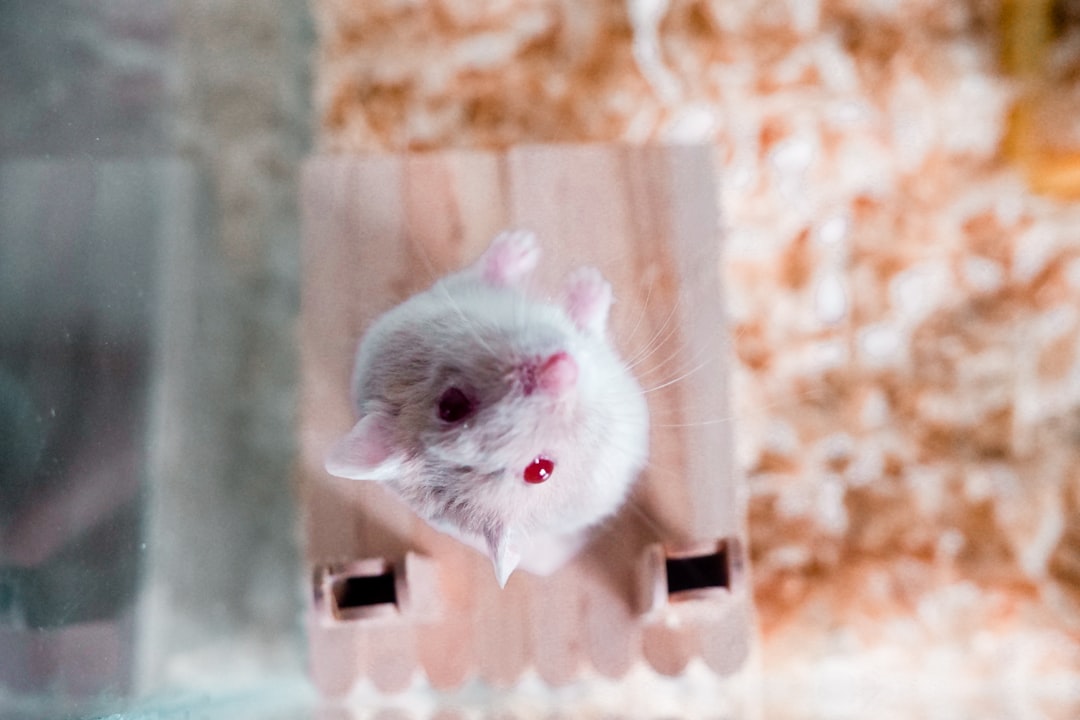
Leave a Reply